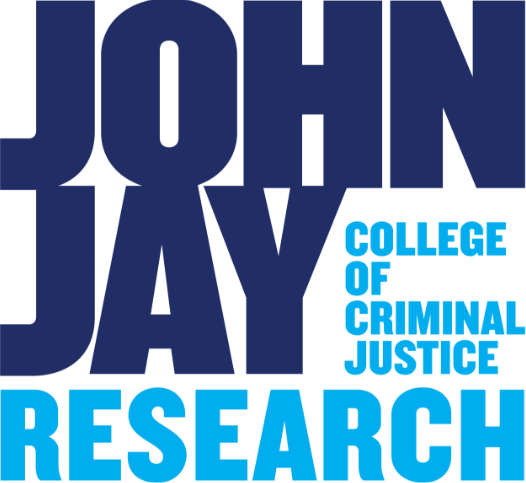Under Color of Law
Henry Smart is taking on colorism in police departments
Author: Michael Friedrich

In its clearest definition, “colorism” is discrimination against people with darker skin, explains Smart. “What’s fairly unique is that it can happen in-group and out-group. So, I literally can be discriminated against for my skin color by someone who identifies as African American as well, but who may have a lighter skin tone.” While colorism is an aspect of racial discrimination, it is based solely on physical traits rather than socially constructed categories. Like bias based on what Smart calls “categorical race,” colorism can manifest in action even when a person believes they hold no racial biases.
Although there is existing research on the effects of colorism in the criminal legal system—for example, it plays a role in judicial decisions on sentencing and granting bail—studies pertinent to local policing do not exist. Smart believes that colorism is present there as well. “If there’s evidence that the average person on the street will make punitive decisions that are influenced by skin color perceptions, then we can surmise that would also be the case for police officers because there’s nothing unique about their human decision-making frame.”
To test his ideas, Smart is currently piloting a research project that will examine how this form of discrimination operates in perceptions of crime. He is using a crowdsourcing platform to conduct a controlled survey of 450 people. The survey consists of questions that provide a brief description of crime scenarios. The suspects in these scenarios are depicted using avatars of varying skin tone. The respondents are asked to rate the severity of each crime. He suspects it may show that people hold different perceptions of criminal severity based on the color of a suspect’s skin. Eventually, and with the right funding, Smart plans to conduct similar research directly with police officers.
This line of research is crucial because it adds a dimension to understanding how colorism impacts criminal justice outcomes in America. Smart also hopes to see his work influence law enforcement hiring and training policies, and aid managers as they oversee line staff. He sees knowledge about bias, including colorism, as a helpful first step toward changing individual behavior through exposure and understanding.
While research on implicit bias plays a big role in psychological and sociological conversations, “it has not found its way into organizations in a meaningful way, nor have we, as academics, given practitioners the tools to detect and monitor [implicit bias],” says Smart. “This needs to be moved into discussions amongst public administrators.” A variety of public policy and administrative measures could help remediate discrimination based on implicit biases like colorism. He suggests that tools to understand and address it could help police learn to respond with more equanimity in dangerous situations when quick, biased thinking can take over the brain.
Ultimately, Smart sees colorism contributing to layers of privilege and discrimination within the broader framework of structural racism. “Skin color is just the beginning of it,” he says. “Within our protected groups in the U.S., we have subgroups that need further protection.” Smart is working toward making that a reality.
